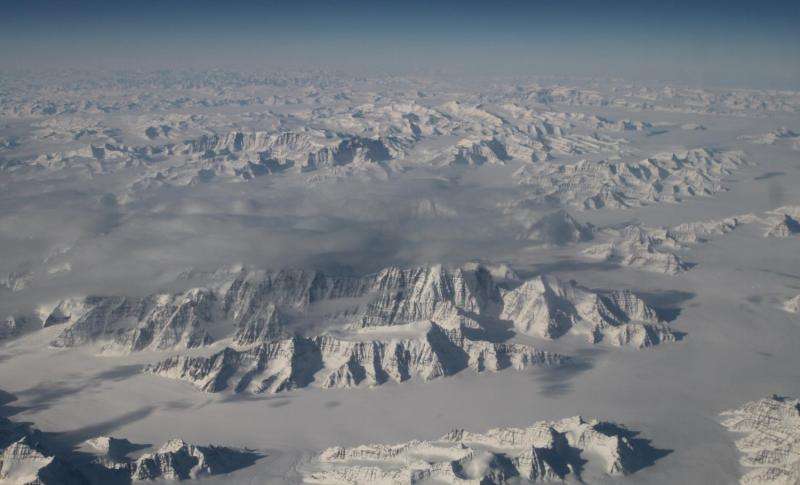Phys.org October 22, 2024
Reconstructions of Earth’s past climate show evidence for instability and abrupt change, which are of great scientific and societal importance. The Dansgaard–Oeschger (DO) oscillation of the last Ice Age, which is most clearly observed in Greenland ice cores, is the prime example of such instability. An international team of researchers (Oregon State University, Pennsylvania State University, University of Miami, University of Colorado, Denmark, UK) presented ice-core records from south and coastal east Greenland to calibrate the local water isotope thermometer and provided a Greenland-wide spatial characterization of DO event magnitude. They used a series of idealized simulations with such models to identify regions of the North Atlantic that were critical in explaining DO variability. Their experiments implied that wintertime sea ice variation in the subpolar gyre, rather than the commonly invoked Nordic Seas, was both a sufficient and a necessary condition to explain the observed DO impacts in Greenland, whatever the distal cause. According to the researchers their results provide a comprehensive, multiproxy, data-model synthesis of abrupt DO climate variability in Greenland… read more. TECHNICAL ARTICLE

Credit: NASA